CONSTRUCTIONS TECHNOLOGY & PRODUCTS
Fabricated Structures, Architectural Structures, Facades, Canopies, fabric, Tensile Structures and Aesthetic Structures
| Fabricated Structures, Architectural Structures, Facades, Canopies, and Aesthetic Structures are diverse elements in architecture and construction that enhance the visual appeal and functionality of buildings. They serve both aesthetic and practical purposes. In this detailed overview, we will discuss these structures, including their working principles, advantages, disadvantages, applications, materials of construction (MOC), and provide a summary. |
| 1. Working Principles: These architectural and aesthetic structures have various working principles depending on their specific functions: |
| Facades: Facades are the external faces of buildings and serve as protective envelopes that shield the interior from the elements. They also play a role in thermal insulation, lighting control, and aesthetics. |
| Canopies: Canopies provide shelter, shade, and protection to entrances, outdoor areas, or windows. They can be made from various materials, including metal, glass, and fabric. |
| Aesthetic Structures: Aesthetic structures are design elements that add visual interest and character to buildings. They can include sculptures, decorative panels, and artistic features. |
| Fabricated Structures: These encompass a wide range of custom-built architectural components and structures, such as bridges, arches, and unique design elements. They are engineered to meet specific design and functional criteria. |


| 2. Advantages: |
| Aesthetics: These structures enhance the visual appeal of buildings, making them more attractive and inviting. |
| Weather Protection: Canopies and fa莽ades provide protection from rain, sun, wind, and snow, improving comfort for occupants and preserving building integrity. |
| Energy Efficiency: Well-designed fa莽ades can contribute to energy efficiency by regulating heat gain and loss and optimizing natural lighting. |
| Identity: Aesthetic structures and fa莽ades can convey a building’s identity or the purpose of the structure. |
| Brand Image: For commercial buildings, these structures can reinforce brand image and create a memorable impression. |
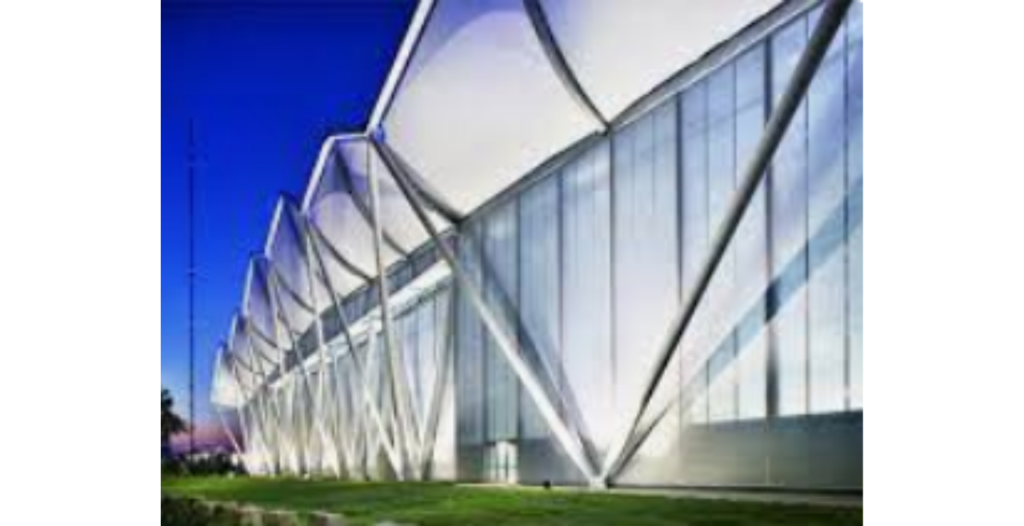

| 3. Disadvantages: |
| Cost: High-quality materials and intricate designs can be costly to procure and install. |
| Maintenance: Some structures may require regular maintenance to preserve their appearance and functionality. |
| Installation Complexity: Installation and integration into the building design can be complex, requiring skilled labor and coordination. |
| Design Challenges: Achieving the desired aesthetics while meeting structural and functional requirements can pose design challenges. |
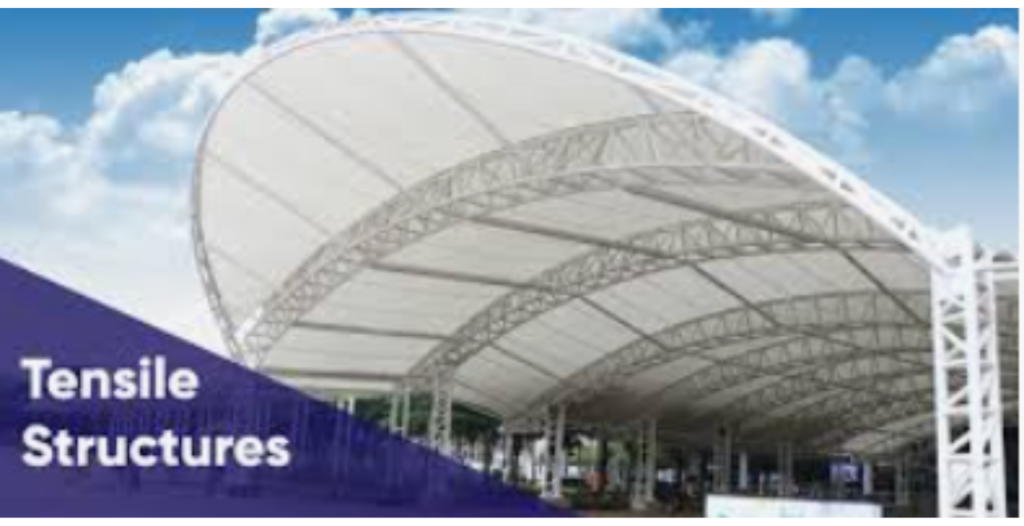

| 4. Applications: These structures find applications in various architectural and construction projects: |
| Residential Buildings: Fa莽ades, canopies, and aesthetic structures are used to enhance the exterior of homes. |
| Commercial Buildings: In commercial architecture, these structures are often used to create eye-catching entrances, corporate branding, and functional outdoor spaces. |
| Cultural and Public Spaces: In cultural and public buildings, aesthetic structures can serve as artistic installations or functional elements. |
| Hospitality Industry: Hotels and resorts often use canopies and fa莽ades to create inviting entrances and outdoor seating areas. |
| Urban and Landscape Design: Aesthetic structures are used in urban design to create landmarks and focal points in public spaces. |
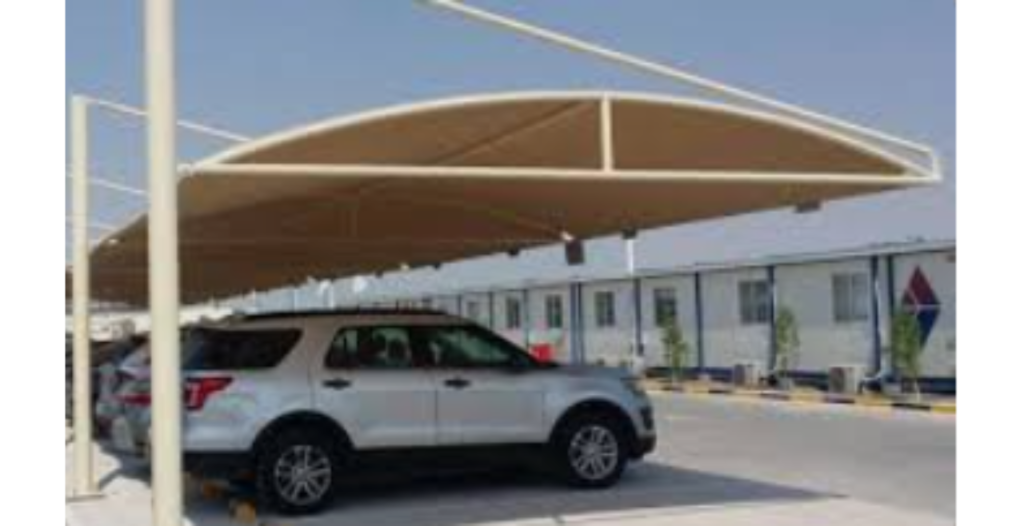
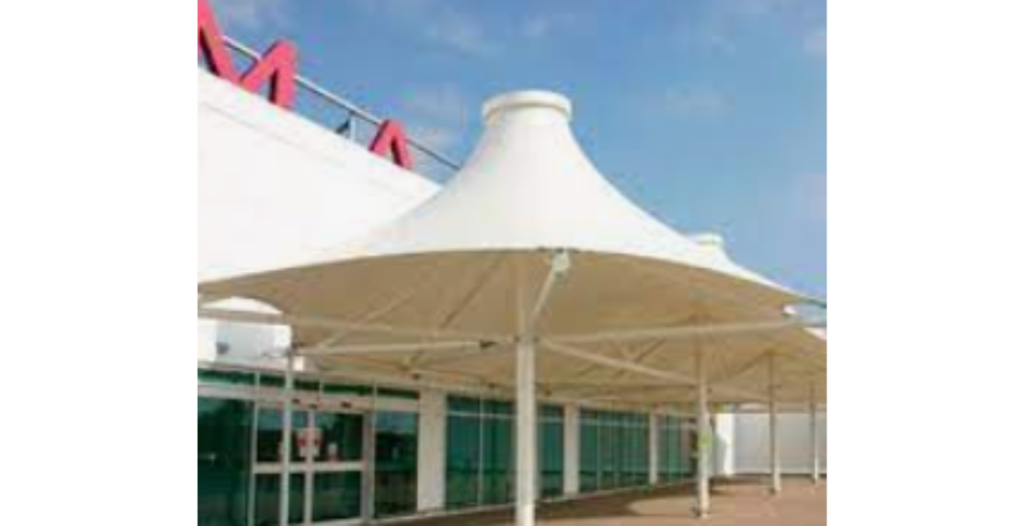
| 5. Materials of Construction (MOC): Materials used in these structures depend on the design, purpose, and budget. Common materials include: |
| Metal: Steel, aluminum, and stainless steel are often used for their durability and versatility. |
| Glass: Glass is popular for fa莽ades and canopies due to its transparency and aesthetic appeal. |
| Concrete: Concrete is used for its structural strength and adaptability in creating various shapes and textures. |
| Fabric: Fabric can be used for canopies and shade structures due to its lightweight and flexible properties. |
| Wood: Wood is chosen for its natural beauty and warmth in residential and commercial settings. |
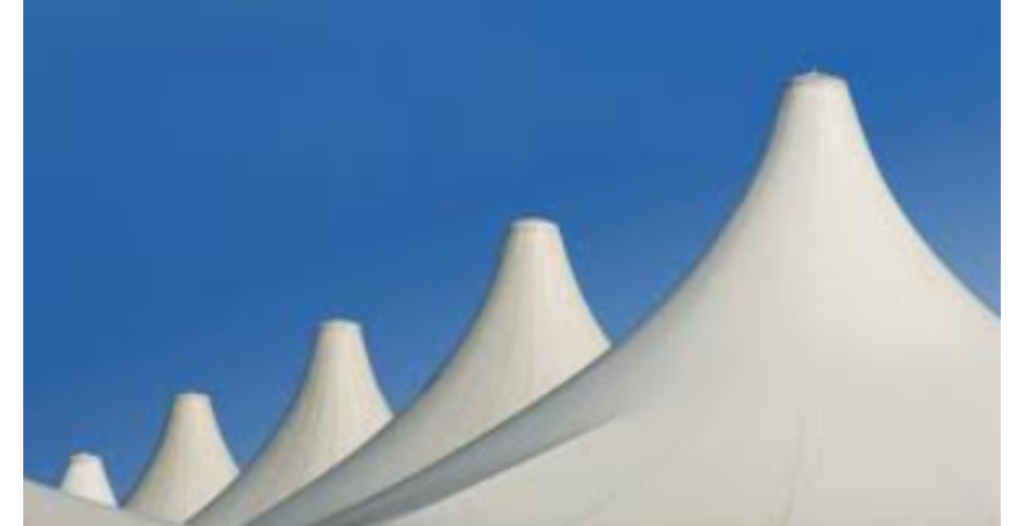

| 6. Summary: Fabricated structures, architectural structures, fa莽ades, canopies, and aesthetic structures are integral components in architecture and construction, serving aesthetic, functional, and practical purposes. They enhance the visual appeal of buildings, provide weather protection, improve energy efficiency, and contribute to a building’s identity and brand image. While they offer numerous advantages, including aesthetics and functionality, they can also be costly to procure and install. The choice of materials and designs depends on the project’s specific requirements. These structures find applications in residential, commercial, cultural, and public spaces, contributing to the overall character and functionality of architectural spaces. Careful design, coordination, and maintenance are essential to ensure these structures fulfill their intended purpose and maintain their visual appeal over time. |


 Sales & Marketing:
Sales & Marketing:  Service Supports:
Service Supports:  Website:
Website: 